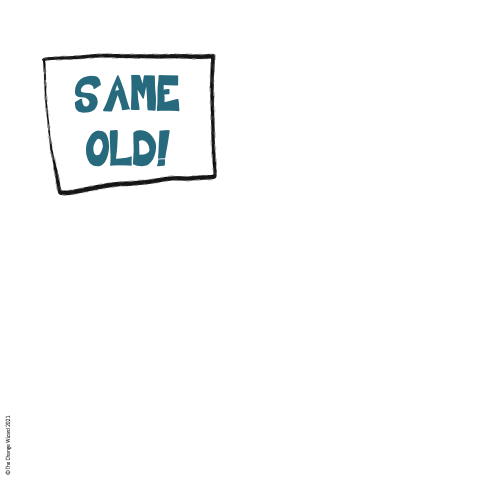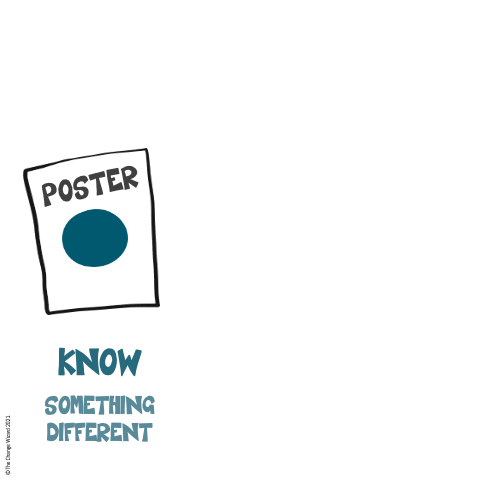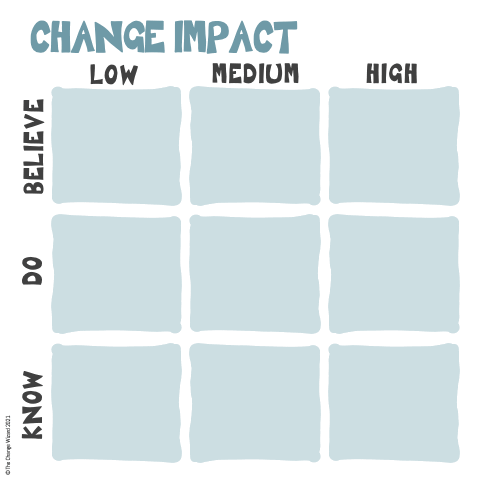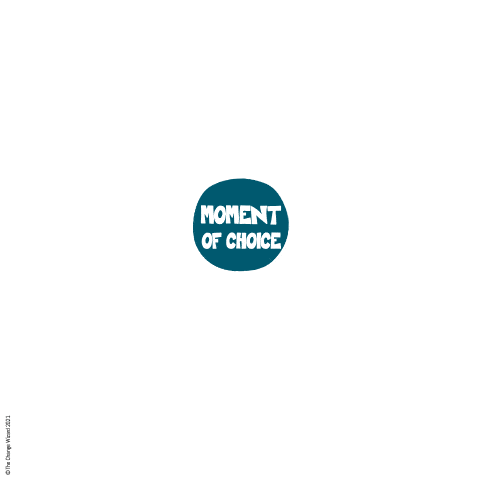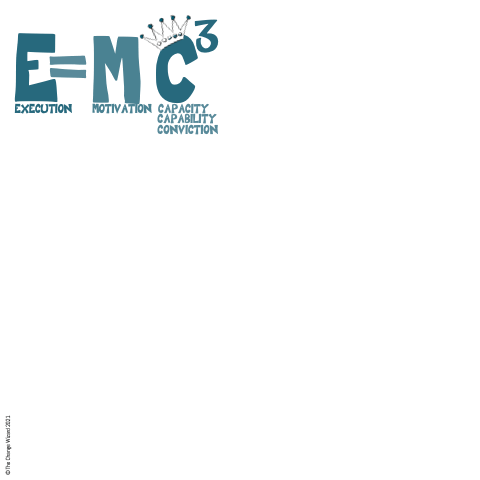Why Irrational Change?
When we mention to clients that we use an Irrational Change approach, we often get raised eyebrows in return. A look which quickly turns to interest and intrigue when we explain why.
Here are some of the reasons why we focus on the irrational over the rational, whether you need an irrational change plan and if you do, where to start.
We start with daring to be different, introduce the concept of irrationality, and help you understand whether you need an irrational change approach. If you do, we help you target your efforts, give you insights into the barriers you will face and how to overcome them.
If this is resonating and feeling familiar, or you feel that your organisation, project, leaders, or team could benefit from an Irrational Change Approach, or strategy, then talk to us.
Dare to be different
We start with a simple principle; If we keep doing the same things, we will get the same outcomes.
Whether you believe in the 70% failure rate of projects in achieving their outcomes, or that it is a higher number, it is time to do things differently.
The go-to approaches and methodologies in the field of change management were created around the turn of the century. The focus was on process reengineering and system integrations in a world focused on efficiency and effectiveness.
Leap forward to today. Competitive advantage comes from having engaged, empowered teams who make great choices. Strategic value is delivered through collaboration, partnerships, as well as efficiency and effectiveness.
Meanwhile, our teams and leaders are overloaded with the speed and complexity of information that they face. Global uncertainty and volatility have become the norm, and threaten our ability to predict the future.
Our brains have not evolved for our modern world, we take shortcuts, we operate on survival tactics. We behave in a way that can feel irrational and unpredictable to others, or we simply paralyse.
The established change methodologies no longer work, the environment has changed for good, and we need a new approach to organisational behaviour change. Dare to be different.
Why irrational change?
When our brains are overloaded, we take shortcuts, known as cognitive biases.
To the casual observer, these can seem irrational and unpredictable. This is deceptive, as humans are very predictable, as the behavioural scientist Dan Ariely calls it we are ‘Predictably irrational’.
Irrational Change factors the predictably irrational behaviour of humans into a more effective approach to organisational behavioural change.
We apply concepts from behavioural science, neuroscience, psychology, inspirational leadership, entrepreneurship, and viral marketing to changing your organisational behaviour and beliefs.
With a background in process efficiency, we believe in working smarter, not harder, conserving the limited energy of your teams.
An Irrational Change approach gives predictable, repeatable success in delivering your change outcomes.
Our approach demystifies what motivates humans to change their behaviour, in an organisational context. This gives you the insight you need to design changes that are easy to implement, right first time, or to smoothly transform your business, delivering your strategic value.
Do I need Irrational Change?
The first step is to ask yourself whether you need an Irrational Change approach, or whether a traditional methodology will work for you.
Irrational Change focuses on the hard to-do changes, changing beliefs, culture, the choices our teams make.
Start by looking through the lens of the three types of change:
Know: I need to know something different.
Do: I need to do the same task I am doing, differently.
Believe: I need to make different choices to get different outcomes.
Each of the types of change leads to one of three change tactics:
Know: Engagement and communications, to inform.
Do: Training, to build capability in the new system or process.
Believe: This is where Irrational Change comes in, focusing on what motivates those that need to change, and how they are likely to react.
The moment of choice
The easy changes, automation, outsourcing, computerisation have been established in most modern organisations. The hard-to-do value delivering changes are left, which is where Irrational Change comes in.
We start with choices. Our background in strategy execution has taught us to find the Point of Value in any transformation or integration.
All too often, the point of value is driven by a few people choosing to do something differently. Typically, where your organisation interfaces with your partners; customers, or vendors.
It isn’t the insights platform, the new process, the centre of excellence. These may support the moment of choice, when a human needs to choose a different approach.
The Irrational Change Approach starts at that moment of choice and works outwards to identify the motivators which will encourage or create a barrier to that choice being made.
From this insight, we design a change strategy that operates like a laser-guided missile, focused on delivering your strategic value.
The triple constraint
We use a simple equation to assess the likelihood that your strategy will execute and deliver your value:
Execution = Motivation x The triple Constraint 3
Motivation is important, and for that, we look to the moment of choice.
The triple constraint (C3) looks at the three things that will constrain your success:
Capacity: Does the organisation and its change leaders have the capacity to take on this change? A common constraint and one which is entirely within your control.
Capability: Does the organisation and its change leaders have the capability they need to lead change? Very few, if any, change leaders go to leadership school, let alone change leadership school. Most are self-taught.
Conviction: Do your change leaders have the conviction they need to lead the change, the willingness to do things differently?
This is the make-or-break, when it comes to organisational change.
Five steps to Irrational Change
The Irrational Change approach guides you through a process that will give you the insight you need to create a targeted change strategy, one that delivers the value. We use a five-step process. Each of the steps has diagnosis tools and tactics to give you the insight you need for your change strategy and interventions.
The five steps:
Establish the impact
Does anyone need to know, do, or believe anything differently for this change to be successful? The starting point. If no-one needs to know, do or believe differently, you do not have a change.Calculate the value
How much value is based on people doing, knowing, or believing differently? This gives a sense of the scale and the value at risk if you are not successful.Assess the gap
What is the size of the gap in knowing, doing or believing differently? Looking at the type and scale, you can quickly determine where you are on the matrix, and what tactics will be effective.Diagnose current motivation
If an Irrational Change is needed, we focus on the Moment of Choice and what is causing the current motivation.Assess the future motivation
Take a moment to look at the leading indicators which will lead to future motivation and the likelihood of being able to put these in place.
Intrigued?
Take a sneak peek at some of our theories, tools or tactics behind the five steps.
If you would like to learn how to apply the Irrational Change Approach to your practice, our academy is for you.
If you would like to ask questions, explore further, then talk to us.
Where to next?
Intrigued, what can we interest you in?


